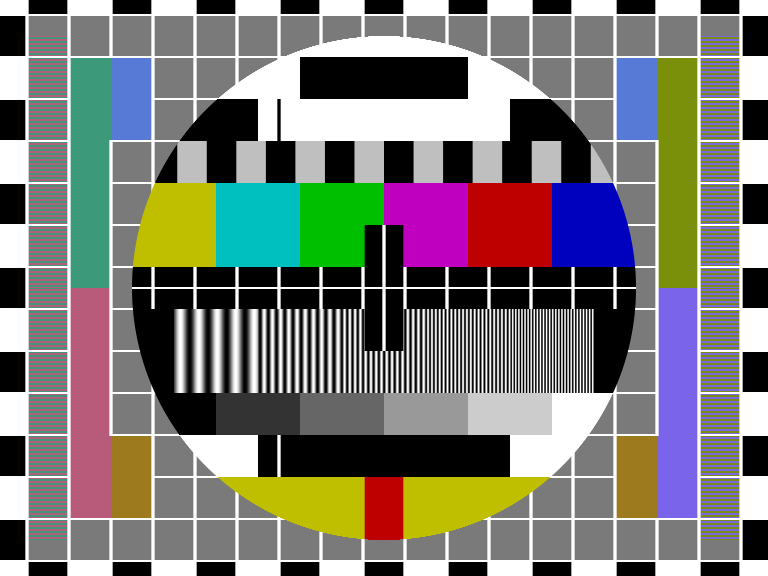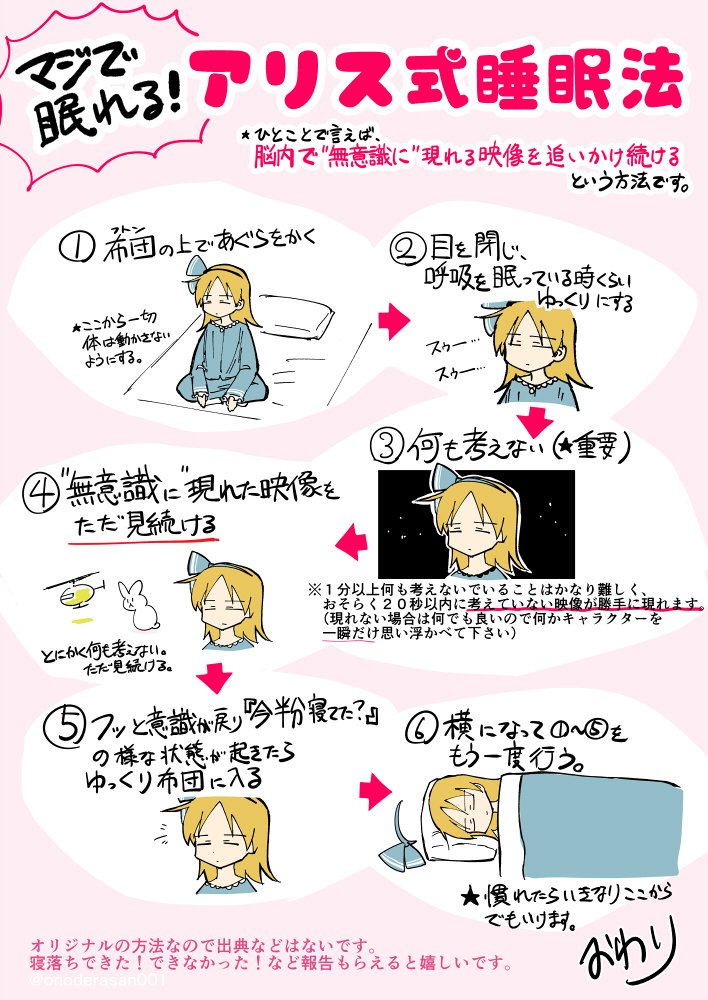2022 年 8 月网络冲浪记录
试运营期。外文翻译至中文均使用 DeepL,有部分手动修正。
本月摸鱼比较多,看了很多杂七杂八的东西,之后可能有一阵子不能这么高强度冲浪了,且冲且珍惜。
热媒介与冷媒介(hot media & cool media)
引文出处:Hot and cool media - Oxford Reference
参考:Category:Concepts in epistemology - Wikipedia ▻ The medium is the message - Wikipedia
A distinction made by McLuhan between media such as print, photographs, radio, and movies (hot media) and media such as speech, cartoons, the telephone, and television (cool media). Hot media are ‘high definition’ because they are rich in sensory data. Cool media are ‘low definition’ because they provide less sensory data and consequently demand more participation or ‘completion’ by the audience (a useful mnemonic is to imagine that hot media are too hot to touch). Note that McLuhan was not referring to the issue of the relative cognitive effort involved in the use of different media. Arguably, in McLuhan’s terms, television has grown hotter since the 1960s as its technical picture quality has improved, so these terms are relative.
麦克卢汉对印刷品、照片、广播和电影等媒体(热媒体)与演讲、漫画、电话和电视等媒体(冷媒体)进行了区分。热媒体是「高清晰度」的,因为它们富含感官数据。冷媒体是「低清晰度」的,因为它们提供的感官数据较少,因此需要观众更多的参与或「完成」(一个有用的记忆法是想象热媒体太热,无法触摸)。请注意,麦克卢汉指的不是在使用不同媒体时涉及的相对认知努力的问题。可以说,用麦克卢汉的说法,自 1960 年代以来,随着电视技术画面质量的提高,电视变得越来越热,所以这些术语是相对的。
Critics of McLuhan’s concept have argued that it reifies the medium, underestimating differences within the same medium; the degree of audience engagement does not depend primarily on the medium itself (although its affordances may play a part), but on its content and the ways in which the medium is used on specific occasions within specific contexts. See also McLuhanism; compare high and low involvement.
对麦克卢汉概念的批评者认为,这一概念将媒介简单化了,低估了同一媒介内部的差异;受众的参与程度并不主要取决于媒介本身(尽管其预设用途可能起到一定作用),而是取决于其内容以及在特定背景下特定场合使用媒介的方式。参见:麦克卢汉主义;比较:高参与和低参与。
相关话题:
Commonly Asked Questions about McLuhan – The Estate of Marshall McLuhan
Category:Action (philosophy) - Wikipedia ▻ Affordance - Wikipedia
孙凝翔:“可供性”: 译名之辩与范式/概念之变 - Google 学术搜索(PDF)
狗哨(dog whistle)
引文出处:Propaganda techniques - Wikipedia ▻ Dog whistle (politics) - Wikipedia
In politics, a dog whistle is the use of coded or suggestive language in political messaging to garner support from a particular group without provoking opposition. The concept is named for ultrasonic dog whistles, which are audible to dogs but not humans. Dog whistles use language that appears normal to the majority but communicates specific things to intended audiences. They are generally used to convey messages on issues likely to provoke controversy without attracting negative attention.
在政治上,狗哨是指在政治信息传递中使用编码或暗示性语言,以争取某个特定群体的支持,而不激起反对。这一概念因超声波狗哨而得名,狗能听到,但人类却听不到。狗哨使用的语言在大多数人看来是正常的,但对目标受众来说却传达了特定的东西。它们通常被用来传达可能引起争议的问题的信息,而不会引起负面的关注。
One example is the use of the phrase “family values” in the United States to signal to Christians that a candidate would support policies promoting Christian values without alienating non-Christian supporters.
一个例子是在美国使用「家庭价值观」这一短语,向基督徒发出信号,表明候选人将支持促进基督教价值观的政策,而不会疏远非基督徒的支持者。
相关话题:
Propaganda techniques - Wikipedia ▻ Ideograph (rhetoric) - Wikipedia
Category:Concepts in aesthetics - Wikipedia ▻ Essentially contested concept - Wikipedia
Category:Crowd psychology - Wikipedia ▻ Bread and circuses - Wikipedia
翻译辅助软件(CAT / XLIFF editor)列表
仅考虑离线软件。
专有:
- Trados | Translation Software, CAT Tool & Terminology
- memoQ | Translation and Localization Management Solutions
- CafeTran Espresso | Translation memory tool
- Counterparts Lite
- Loca Studio
开源:
- OmegaT - The Free Translation Memory Tool - OmegaT
- rmraya/Swordfish: CAT (Computer Aided Translation) tool based on Open Standards
- b123400/xliffie: A localization assistance for iOS / Mac app.
- remuslazar/osx-xliff-tool: OS X Application for editing XLIFF files generated by Xcode
- Anaphraseus download | SourceForge.net
- LF Aligner download | SourceForge.net
- heartsome/translationstudio8: Heartsome Translation Studio 8.0
比较偏科的 LaTeX 参考
各种空格的写法:(主要是横向,纵向的话 \vspace{...} 就能解决大部分问题,不行再查……)
- 文本环境: spacing - Lengths and when to use them - TeX - LaTeX Stack Exchange
- 文本 + 数学环境:What commands are there for horizontal spacing? - TeX - LaTeX Stack Exchange
软件工程专业人士怎么写 LaTeX:(第二篇十多年了,注意甄别)
- LaTeX Best Practices: Lessons Learned from Writing a PhD Thesis :: semipol.de
- Writing a Thesis in LaTeX — David Winterbottom
标准测试项目(Standard test items)
飞利浦 PM5544(Philips PM5544)
引文出处: 飞利浦 PM5544 - 维基百科,自由的百科全书
飞利浦 PM5544 是一种电视机检验图,通常提供一个复杂的测试卡,这通常被称为飞利浦图案(英語:Philips Pattern)或PTV圈(英語:PTV Circle)。该模式的内容和布局是在1968年由飞利浦电视实验室首席工程师埃里克·赫尔默尼尔森在哥本哈根设计。飞利浦PM5544已成为最常用的检验图之一,只有SMPTE条和F型测色板接近它的用法。该测试图后来被装入飞利浦以及其他各种制造商的设备中。一些电视台也使用稍加修改的PM5644图案,这些图案包含数字时钟或日期以及电视台呼号。这种作法常见于亚洲和欧洲的部分地区。
至于这东西长什么样大家应该都见过了,我这里就随便挑一张图:

我能吞下玻璃而不伤身体(I can eat glass it does not hurt me)
引文出处:我能吞下玻璃而不伤身体 - 维基百科,自由的百科全书 (这同样是我平时测试字体时用的句子,不过混杂了一下自己的常用语种来检查是否支持多语言。)
我能吞下玻璃而不伤身体(英語:I Can Eat Glass)是由Ethan Mollick在早期互联网上发起的语言学项目。该项目的目的是收集不同语言中「I can eat glass, it does not hurt me」这句话的翻译。该项目的原始网页于2004年消失。
注意:这句话与 Quick brown fox… 的出发点不同,后者意为展示一个语言中的所有字母。观看各种语言中的玻璃和狐狸: UTF-8 Sampler
喃字
作为一个比较无知不怎么读书的人,最近才知道越南以前也是使用过某种汉字变体的。
看到有牛人制作了CJKV Dict - 中日韓越辭典,能够同时查看一个汉字在四种语言中的释义,挺有意思的。例如:在 CJKV Dict 中查询「好」的结果。
另外,虽然网站上没有直接注明,但是自由字体花园体中的花園明朝B(HanaMinB.ttf)收录了中日韩统一表意文字(Unihan)的拓展 B ~ F 区,其中包含了许多喃字。
另外一些有趣的链接:
随便看点啥
表情符号组合:
Emoji Kitchen Browser
支持黑白表情符号的字体:(Noto Emoji)
What is black and white and read all over?
美國在台協會旧版网站中的美国文学分区:(这个网站本身也挺有趣的)
InfoUSA 2010-2011
通过文章链接反查 Reddit 和 Hacker News 上的讨论的服务,也有浏览器拓展:(我一直在用类似的 pinoceniccola/what-hn-says-webext,结果稍微多一些,但是没有 Reddit)
Discussions around the Web
同一篇文章,在中文和其它语言中举的是完全不同的例子:
- 维基百科:孙中山是男性须引用 - 维基百科,自由的百科全书
- Wikipedia:空が青いということに出典は要る - Wikipedia
- Wikipedia:You do need to cite that the sky is blue - Wikipedia
一些超出我理解范围的 CSS 魔法:
Front-end dev reacts to mind-blowing Codepens - YouTube
爱丽丝式睡眠法:(试了一阵子,还是挺有用的)
【10分以内に寝落ちする裏技】
— おのでらさん (@onoderasan001) August 25, 2018
なかなか夜眠れない人は騙されたと思って試してみて下さい。まじでほぼ確実に眠れます。
自分はこの方法使い始めてからもう10年以上寝付けない夜がなくなりました。 pic.twitter.com/jI4w82mKDn

关于日本的精神科开太多安眠药/抗抑郁药的反思:
睡眠薬や抗不安薬を毎日飲み続けるのはよくないですか?デパス、マイスリー、ハルシオン - YouTube